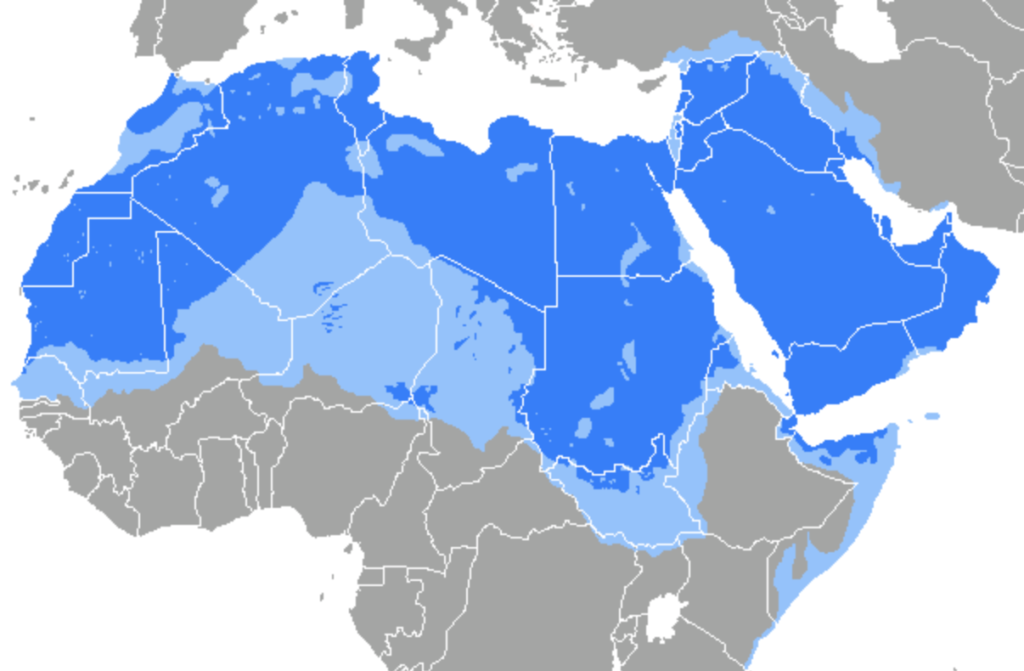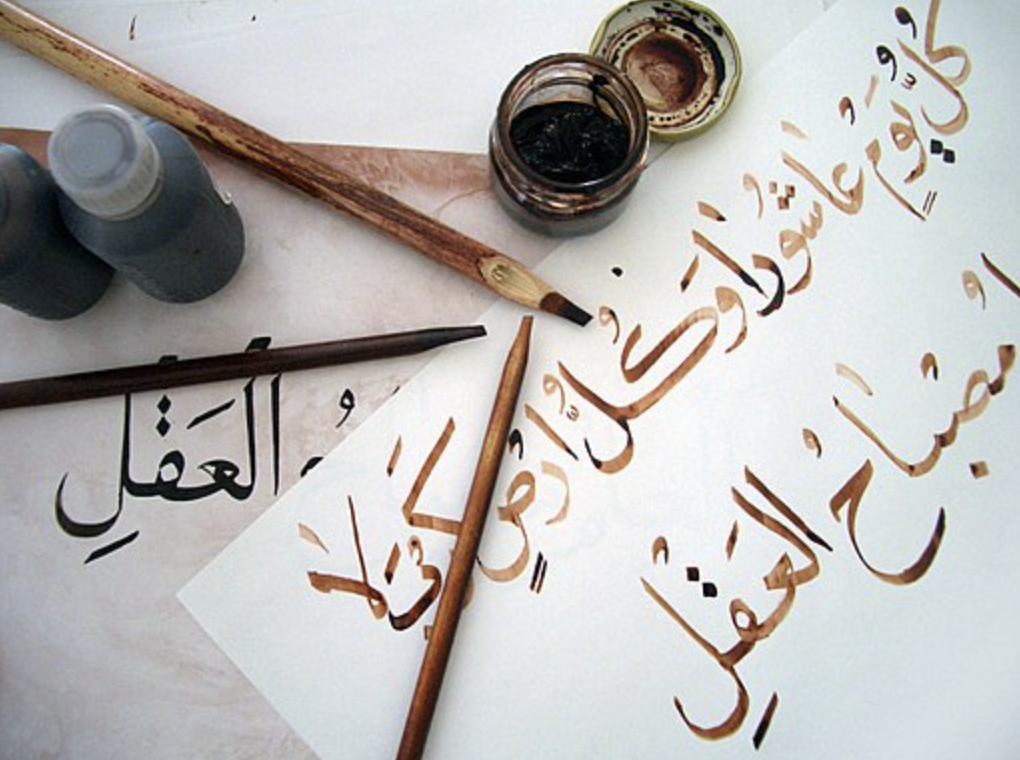Arabic: One of the Fastest-Growing Languages in the World

By: Adam Abdel-Qader / Arab America Contributing Writer
As an Arab American, I have always felt a deep pride in both my Arab heritage and the invaluable cultural traditions that my ancestors passed on. One of the most important aspects of my heritage is the language that resides around it, the Arabic language. Arabic has been spoken and written for centuries throughout the Middle East and North Africa.
Today, Arabic is one of the fastest-growing languages in the world. This growth is an undeniable testament to the enduring power and relevance of Arabic. It also proves the cultural and economic significance of the Arab world and North Africa on the global stage.

Undeniable Growth:
Mother tongue refers to a language in which the individual has grown up speaking the language since early childhood. Arabic is often forgotten as the official language of 22 countries. It is also considered the “mother tongue” for individuals in 11 other countries. Arabic has 371.4 million people worldwide who speak the language as a mother tongue. With close to 107.95 million native speakers.
For many Arab Americans and Arabs across the globe, the increasing growth of Arabic is a source of pride. It serves as a reminder of the deep cultural heritage that all Arabs share. Arabic has been vital in shaping the history and identity of the Arab world. From the poetry and literature of ancient Arabic poets to the modern political, economic, and academic developments that have shaped the Arab world and the rest of the globe.
The growth of Arabic reflects the changing global landscape and the significance of the Middle East & North Africa in the world’s economy. The region is home to some of the world’s largest oil reserves. But more importantly, a growing population of young and educated Arabic-speaking people is eager to participate in the global economy and positively shape the future of their countries.
Arabic Compared to Other Languages:
As a result of previous notions, Arabic is becoming an increasingly important language. It has seen a rise in the professional realms of business, diplomacy, and cultural exchange worldwide. In 2022, Arabic was considered the sixth fastest-growing language in the world. It is estimated that 50 million new speakers will learn and fluently speak Arabic by 2025. According to an engco model of language forecasting, the top five languages of 2050 will most likely be Spanish, Chinese, English, Hindi-Urdu, and Arabic!
The following statistic shows the true magnitude of Arabic’s growth over the past century. Arabic has grown from over 74 million speakers in 1921 to almost 280 million in 2021. This statistic is an increase of 276 percent over the century. In the same period, other prominent languages had the following increases: English (221 percent), Hindi (118 percent), German (115 percent), French (113 percent), Bengali (110 percent), and Chinese (96 percent). Yet, Arabic has indeed grown by an extraordinary amount over the past century.
This immense growth is guided by several factors, including the increasing globalization of the world economy and MENA’s growing importance in international affairs. There has also been a rise in demand for skilled workers in technology, science, engineering, and math. Fields where Arabs are proficient and excel consistently.
Cultural Significance:
The growth of Arabic also highlights the linguistic diversity of the Arab world. It is spoken in an extensive range of dialects and forms. These forms range from formal Arabic in literature to traditional settings such as news and diplomacy. To colloquial dialects, which people speak daily across different parts of the Arab world.
This linguistic diversity is a significant source of pride and identity for many Arab people across the Arab world. Arab Americans and Arabs at large view their language as a symbol of their cultural heritage, and they use it to connect their past and present. While this can sometimes mean reflecting on the complex history and political dynamics of the Arab world, this also goes to show the deep-rooted history of the Arab world and how Arabic has been shaped by centuries of interaction and exchange between different cultures and peoples.
The tremendous growth of Arabic is a positive expansion for Arabs, Arab Americans, and non-Arabs. This language is filled with endless opportunities which it offers to the world, from its cultural traditions and history to its growing economic, innovative, and political importance.
Nevertheless, the growth of the Arabic language does present beneficial opportunities while also providing exciting challenges for Arab Americans and Arabs worldwide. As more and more people learn this language due to its projected growth in the next few decades, there will be an increased demand for skilled translators and interpreters who can bridge the gap between different languages undergoing rapid development.
Conclusion:
The growth of the Arabic language is a positive and exciting development for individuals across the globe. It truly reflects the enduring power and relevance of the Arab world and the cultural and linguistic diversity that makes the Arab world so influential and dynamic. As an Arab American, I cannot begin to express how proud I am to be a part of this community and to be able to share a say in one of the fastest-growing languages in our world today!
Check out Arab America’s blog here!








